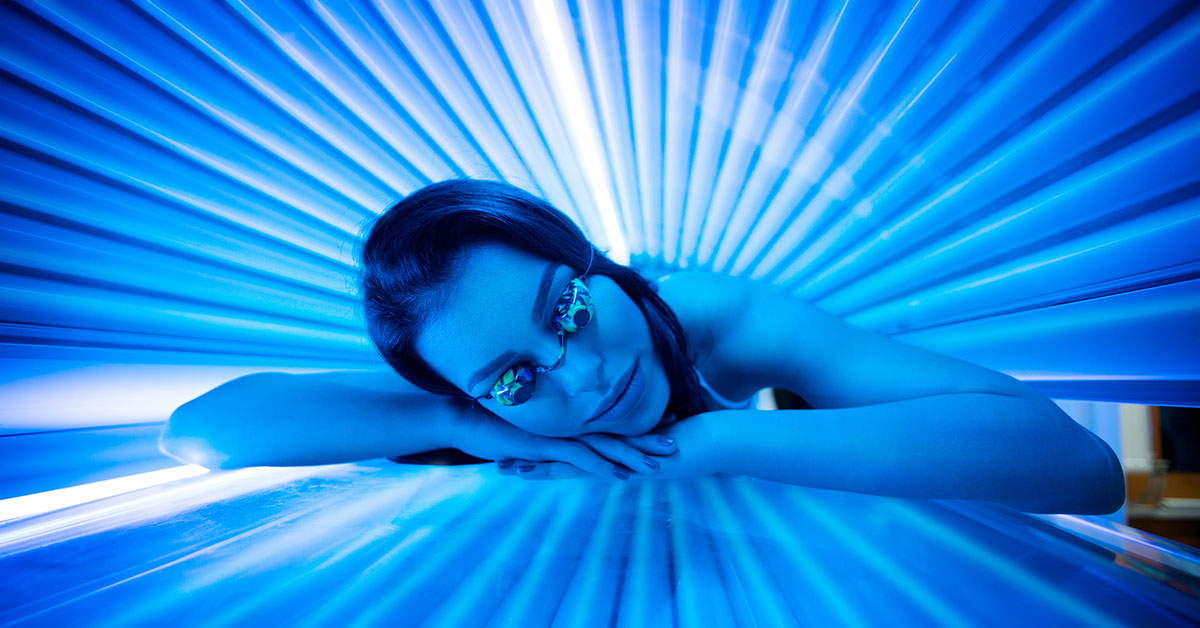
7 Things to Know About Indoor Tanning
-
Updated: July 8, 2021
Bronzing up at the tanning salon before hitting the beach or pool might not seem like a big deal. But that new glow can come at a hefty price.
“Our culture sees tan skin as healthy or youthful,” said Jeffrey Farma, MD, FACS, a surgical oncologist and skin cancer expert at Fox Chase Cancer Center.
But the truth is, spending time in tanning beds can put your health at risk. And it will actually make you look older in the long run.
If you’re thinking about tanning indoors, take a few minutes to learn the following seven facts. This important information just might change your mind.
1. Indoor tanning is not any safer for your skin than outdoor tanning
Both indoor tanning and the sun expose skin to the same harmful ultraviolet radiation.
“That exposure increases the production of melanin, the pigment that makes skin darker,” Farma said. “So a tan is a sign that skin damage has already happened.”
Tanning beds might even be more dangerous than the sun because they can be used at the same intensity every day of the year.
2. Indoor tanning increases the risk for skin cancer
Experts believe that indoor tanning causes many cases of skin cancer in the U.S. each year. In fact, the risk of melanoma increases to 75 percent when tanning beds are used before age 35.
3. Getting a so-called base tan at the tanning salon won’t protect you from the sun
The tan you get from indoor tanning isn’t any safer than the one you get from the sun. And spending long amounts of time in a tanning bed could very well give you a nasty burn.
“The only way to protect yourself from UV rays is by limiting your exposure,” Farma said.
That means applying sunscreen regularly, seeking shade when the sun’s rays are strongest, and steering clear of tanning beds.
4. Tanning beds can wreak havoc on your skin’s appearance
Both indoor and outdoor tanning can make you age prematurely. Exposure to UV rays causes the skin to become less elastic, which can make it look wrinkled and leathery. Tanning can make stretch marks more noticeable too.
5. Tanning beds aren’t a good source of vitamin D
The body needs UVB rays to make vitamin D, but tanning bed lights mostly emit UVA rays. Either way, experts agree that it’s safer to get your vitamin D from a healthy diet or a supplement than from the sun.
6. It’s never too late to stop tanning
Putting an end to tanning prevents further damage to your skin, Farma said. Your skin might even start to repair itself over time.
7. There’s a safer alternative to tanning beds
Sunless lotions and sprays can give you a natural looking tan without raising your risk for skin cancer, Farma said. Just remember that you may still need to apply a broad-spectrum sunscreen of SPF 30 or higher before you head outdoors. Unless the product has SPF protection, it won't protect you from the sun’s UV rays.
Bottom line: Covering up and seeking shade from the sun is the best idea this summer!
